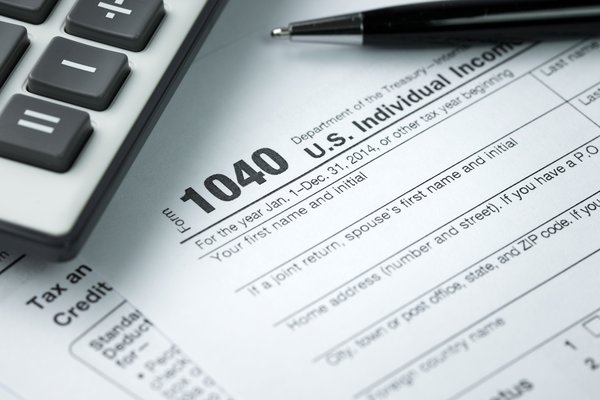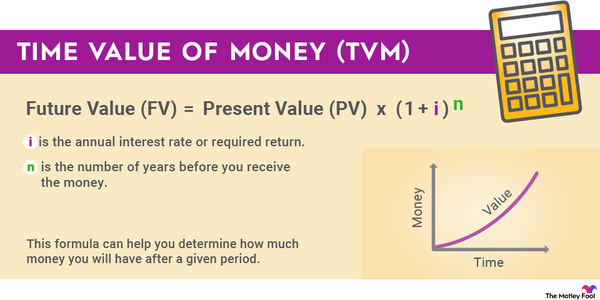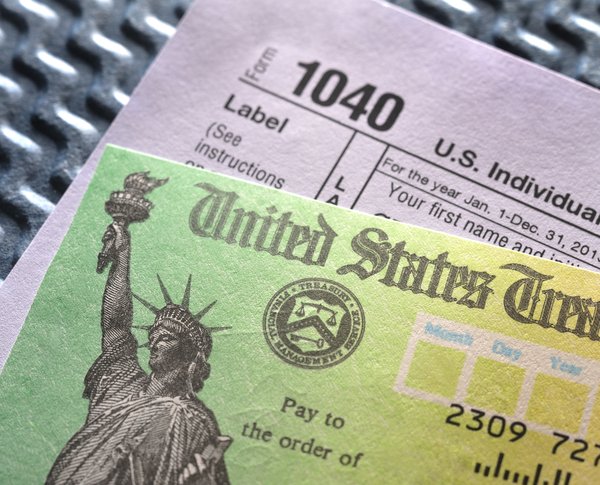The United States tax code isn't exactly simple. However, the basic ideas behind how it works are rather easy to understand. One of the most important aspects of the tax code that you need to understand is the tax bracket.

The short version is that tax brackets are designed to create a progressive tax system, meaning higher-income households pay a greater percentage of their income in taxes. This isn't always the case due to the numerous deductions, credits, and other adjustments available. However, the tax brackets themselves ensure those at the top pay a higher percentage of taxable income.
What are tax brackets?
What are tax brackets?
Tax brackets are ranges of taxable income, each corresponding to a different percentage being applied. As a basic example, income that falls within a 22% tax bracket will be taxed at a rate of 22%.
Generally speaking, and certainly in the United States, tax brackets are designed so that households with higher income levels pay a higher percentage in taxes, and lower-income households pay the lowest tax rates.
U.S. tax brackets
Tax brackets in the United States
Under the current tax law, there are seven federal income tax brackets, with rates as follows:
- 10%
- 12%
- 22%
- 24%
- 32%
- 35%
- 37%
There are different income ranges for different tax filing statuses. Taxpayers who file their returns as single have a set of income ranges that correspond to these seven percentages differently from married couples who file joint returns. Heads of household and married couples filing separately also have different income brackets to accompany the tax rates.
It's also worth clarifying that these tax brackets apply only to your taxable income, which differs from your salary, adjusted gross income (AGI), or other income metrics. In other words, just because your salary is $75,000 doesn't necessarily mean you'll be in the tax bracket that corresponds with this income.
Your taxable income is the number left after subtracting all your adjustments and deductions. If you contribute to retirement accounts, pay mortgage interest, donate to charity, or pay lots of state and local taxes, your taxable income can be significantly less than the amount of money you actually bring in.
Marginal tax brackets
Marginal tax brackets
One of the most common misconceptions about tax brackets is that they apply to all your income, but that isn't how it works. For example, single filers with taxable income ranging from $100,525 to $191,950 in 2024 will be in the 24% tax bracket. But that doesn't mean they'll pay 24% of their entire taxable income. They'll only pay this rate on income that falls within the bracket.
We'll go through an example in the next section, but this is what is known as a marginal tax bracket system. For example, taxpayers filing single in 2024 will pay 10% on the first $11,600 in taxable income. The next bracket (12%) only applies to income that exceeds this amount. We won't list all of the 2024 tax brackets here, but here are the tax brackets for single filers, which we'll use to show an example.
| Marginal Tax Rate | Taxable Income |
|---|---|
| 10% | $11,600 or less |
| 12% | $11,600 - $47,150 |
| 22% | $47,150 - $100,525 |
| 24% | $100,525 - $191,950 |
| 32% | $191,950 - $243,725 |
| 35% | $243,725 - $609,350 |
| 37% | $609,350 and higher |
Real-world example
Real-world example
Let's say you're single, earn a salary of $100,000 from your job in 2024, and have $20,000 in various deductions and adjustments, reducing your taxable income to $80,000. According to the tax brackets in the chart, your federal income tax can be calculated like this:
- 10% of the first $11,600, or $1,160.
- 12% of the amount greater than $11,600 but less than $47,150, which is $35,550; 12% of this amount is $4,266.
- 22% of the amount greater than $47,150, or $32,850; 22% is $7,227.
Adding these three figures together shows a total federal income tax of $12,653 for 2024.
Related investing topics
There are a couple of important notes. First, this is the total tax the IRS collects from you, not how much you'll owe when you file your taxes. Most employees pay this gradually via payroll deductions, and many overpay and are due a tax refund. This is also before any tax credits are applied, so if you qualify for the Child Tax Credit or any other credits, they will be deducted from the calculated tax.
Finally, it's also important to note that most states have an income tax and typically use their own tax brackets. The specific tax rates and income ranges here only apply to federal income tax, so be sure to check with your state's Department of Revenue so you know how that portion of your taxes works.
























































